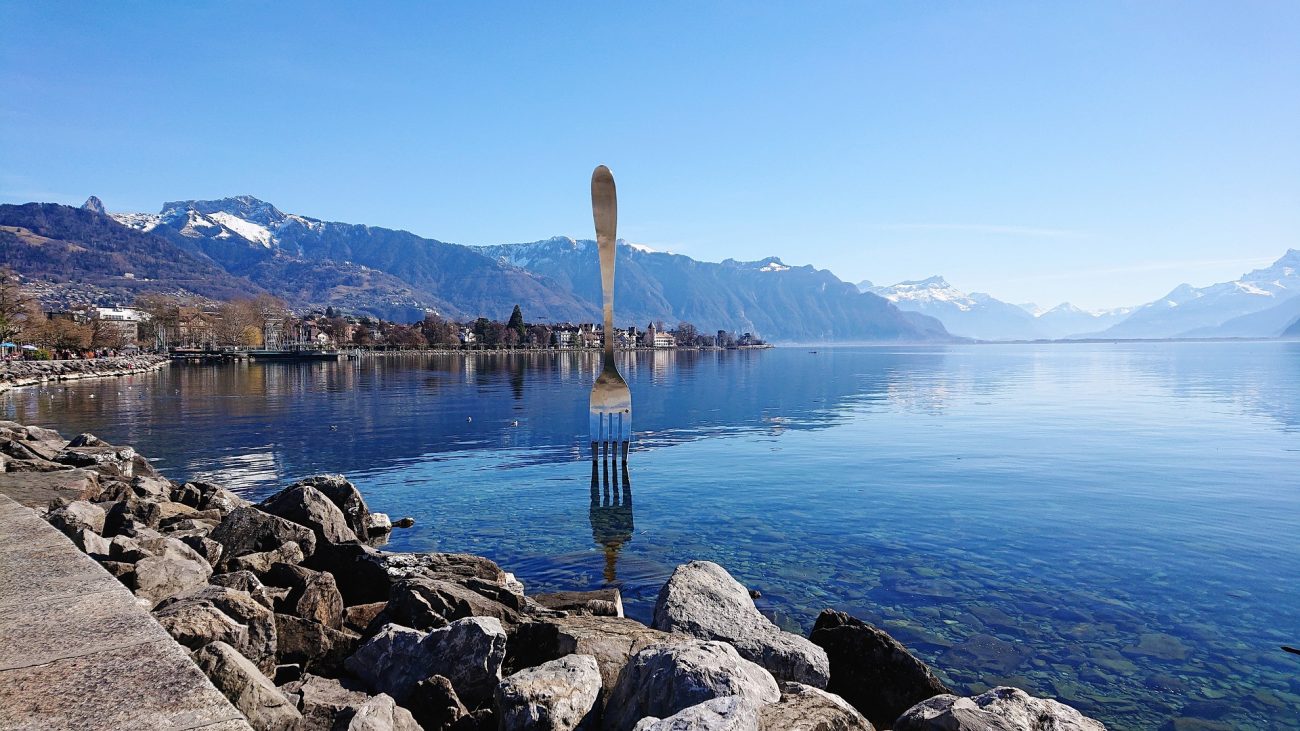“Tradition Bound but Translation Bent”1
Living on the Hyphen of Being a Swiss-Brazilian
Author: Aline Romy
i
It is one thing to be a Swiss child in Brazil and quite another to be Brazilian woman in
Switzerland.2 As a Swiss child, words like jacaré refused to leave my mouth in the
appropriate way.
The professor tells me gently
/ʒa.kaˈɾɛ/
I frown as
/ˈʃa kaˈɾɛ /
leaves my mouth.
The professor repeats /ʒa.kaˈɾɛ/
“What’s the difference?”
As a 12-year-old, somehow the palato-alveolar ejective fricative sounds exactly the same as
the voiced postalveolar fricative.
ii
As a Brazilian woman in Switzerland, I am confronted to gross stereotypes that some European males have about Latinas. As soon as my Brazilianness is mentioned I can feel a tone shift. I am perplexed for some time, before I realize why I suddenly feel icky.
“Take your sticky hands away from me.”
Their slimy head associates Latinas with promiscuity. We are all sluts on tinder looking for a Swiss passport.
“I don’t need your Swiss passport. I have my own.”
I am Brazilian and you will not make me feel ashamed. I am also Swiss, and you will not make me feel lesser for being both. But sometimes it is hard to negotiate between my two cultures, to be constantly translation bent, perpetually betraying one language or the other.
iii
“Do you feel more Swiss or Brazilian?”
I try to put it on a scale, to allocate certain traits to each of my cultures. I have had Swiss punctuality drilled into me, but my sense of humor is Brazilian. While being Swiss means precision, Brazil taught me how to improvise, to loosen up at the edges and be less rigid. Some of this is easy, but most of it is a tangled mess, blurred lines, no clear distinction.
iv
If Gustavo Pérez Firmat is a “one-and-halfer” I am an “in-betweener”.
Inhabiting the “in between” space between both countries means I am somewhere, but also nowhere.3 Maybe I’m floating in the middle of the Atlantic. However, I cannot samba to save my life. Too social, too open, too sunny to be fully Swiss. But too antisocial and quiet to be fully Brazilian. I like to mix bright yellow lemons with my green limes when I make my Swiss friends discover the sweetness of caipirinhas made with golden cachaça. The amber liquid aged in balsam barrel’s is a mixture of flavors. Nuts, cedar, honey, tobacco, vanilla.
As a Swiss-Brazilian, Suisse-Brésilienne, Suíça-Brasileira I am always treading on the tightrope of the hyphen that connects my heritages, my cities, my languages. I don’t know where one ends and where the other starts. My two cultures are blindly held on a balancing scale within my heart. Sometimes it tips one way or the other, but it is impossible to know which culture is the dominant and which is the subordinate.4

Image: © by padoriot via Pixabay Source

Image: © by jjandson via Pixabay Source
Works cited
Firmat, Gustavo Pérez. “Introduction: The Desi Chain.” Life on the Hyphen: The Cuban- American Way, University of Texas Press, 2012, pp. 1–19. JSTOR, https://www.jstor.org/stable/10.7560/735989.4.
1 From Gustavo Pérez Firmat’s, Life on the Hyphen, 2012, p. 4
2 “But it is one thing to be Cuban in America, and quite another to be Cuban-American” (Firmat, p. 3)
3 Inspired by the quote: “Spiritually and psychologically you are neither aquí nor allá, neither Cuban nor Anglo. You’re “cubanglo,” a word that has the advantage of imprecision, since one can’t tell where the “Cuban” ends and the “Anglo” begins. Having two cultures, you belong wholly to neither one. You are both, you are neither: cuba-no/america-no.” (Firmat, 6)
4 Inspired by the quote: “biculturation designates not only contact of cultures; in addition, it describes a situation where the two cultures achieve a balance that makes it difficult to distinguish between the dominant and the subordinate culture.” (Firmat, p. 5)
